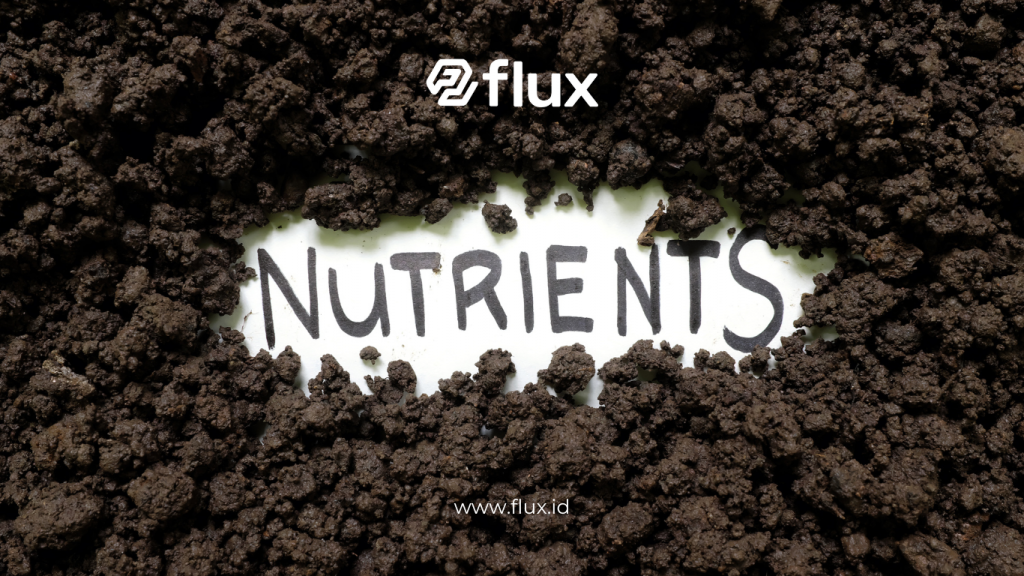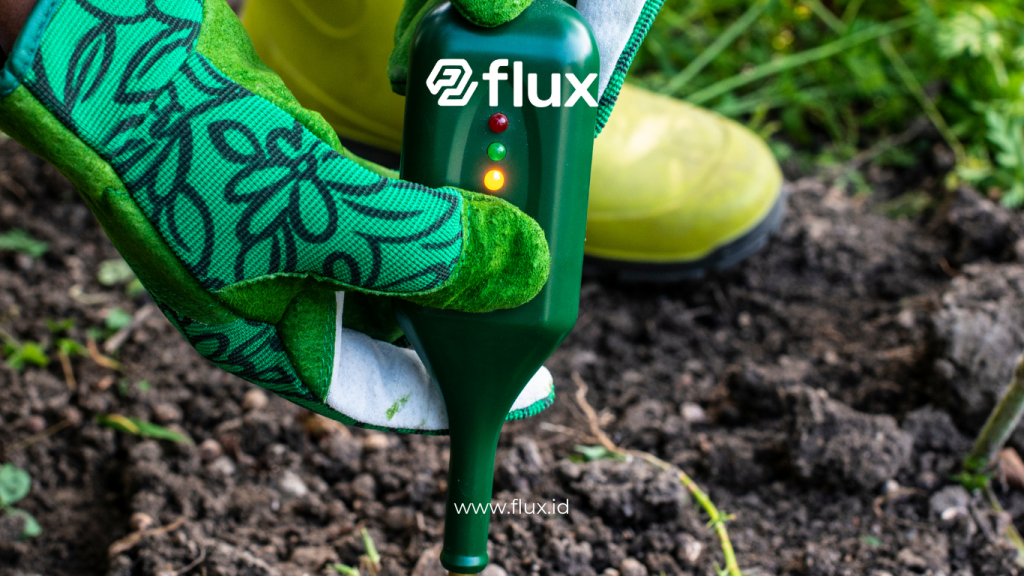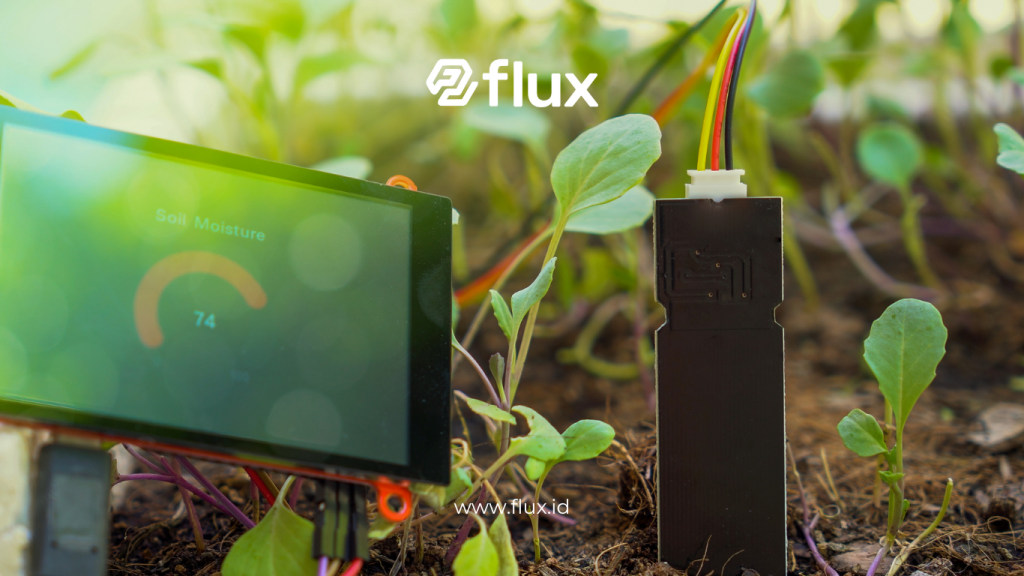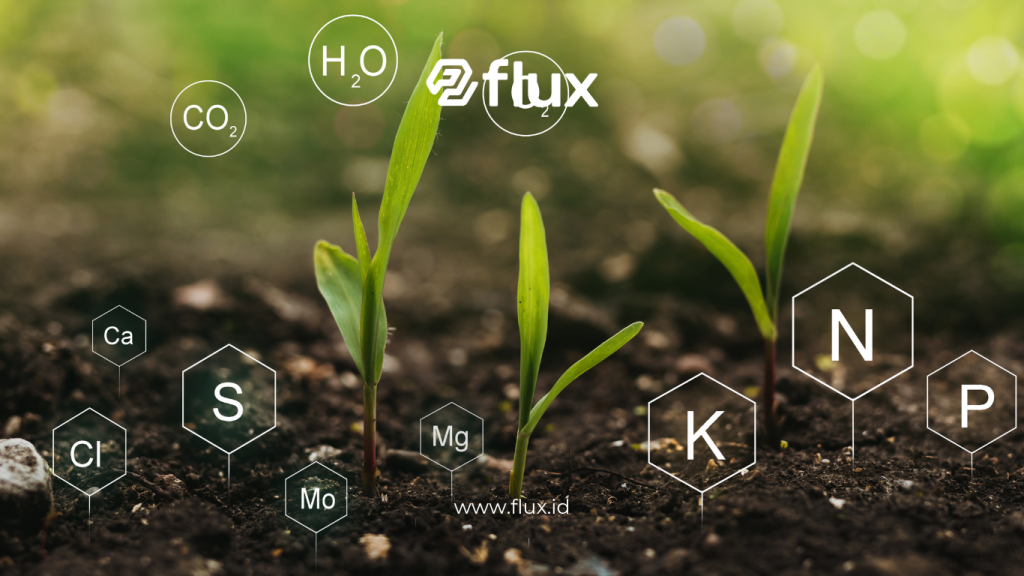Don't miss our holiday offer - 20% OFF!
Technology plays a crucial role in enhancing efficiency and productivity in modern agriculture. Soil nutrient sensors are one of the latest innovations helping farmers. These sensors monitor and manage soil conditions in real-time, providing vital data to improve plant health and increase crop yield. This article explores how soil nutrient sensors work, their benefits, and how this technology can optimize plant health and agricultural productivity.
Contents
What Are Soil Nutrient Sensors?

Read More: Future Farming Optimization with Soil Nutrient Sensors
Soil nutrient sensors are electronic devices that measure soil nutrient levels, pH, and moisture content. Typically, farmers place these sensors directly in the soil, allowing them to gather data from the environment where plants grow. This data helps farmers make better decisions regarding fertilization, irrigation, and plant care.
How Soil Nutrient Sensors Work

Read More: Soil Nutrient Sensor: Enhancing Agricultural Yields
Soil nutrient sensors use various technologies to collect data about soil conditions. Here’s a breakdown of their components and principles:
- Sensor Components
- Electrodes: These conductive electrodes measure nutrient levels in the soil. They detect specific ions like nitrogen, phosphorus, and potassium, which are essential for plant growth.
- pH Measurement System: This system measures soil acidity or alkalinity, affecting nutrient availability for plants.
- Moisture Sensors: These sensors measure the water content in the soil, which is crucial for determining irrigation needs.
- Data Collection Soil nutrient sensors collect data on various parameters simultaneously. After collection, the data transfers to a processing unit, which may be a handheld device or a cloud-based system.
- Data Processing Sensors process the collected data to provide useful information. For example, if a sensor detects a nitrogen deficiency, farmers can respond by applying the appropriate nitrogen fertilizer.
- Integration with Other Systems Often, soil nutrient sensors integrate with larger agricultural management systems. This integration allows data to be used in more complex decision-making systems, including automated irrigation and precision fertilization systems.
Benefits of Using Soil Nutrient Sensors

Read More: Optimizing Drought Monitoring: How Soil Moisture Sensors Work and Their Benefits
Soil nutrient sensors offer numerous benefits for farmers and agricultural practitioners:
- Improved Fertilizer Efficiency Accurate data on soil nutrient needs enables farmers to apply fertilizers precisely. This reduces waste and ensures that plants receive the nutrients they need for optimal growth.
- Better Water Management Moisture sensors help monitor plant water needs in real-time. This allows for efficient irrigation scheduling, reducing water waste and improving plant health.
- Optimized Crop Yields The data from sensors allows farmers to make better agricultural decisions, which enhances crop yields and product quality.
- Early Detection of Soil Issues Soil nutrient sensors can identify nutrient imbalances or pH changes affecting plant health. Early detection helps farmers take preventive measures before issues become severe.
- Reduced Environmental Impact By optimizing fertilizer and water use, soil nutrient sensors help minimize the environmental impact of farming practices, such as water pollution and ecosystem damage.
Applications of Soil Nutrient Sensors in Agriculture

- Conventional and Organic Farming Soil nutrient sensors are useful in both conventional and organic farming. In organic farming, sensors help ensure proper use of organic fertilizers and reduce environmental impacts.
- Precision Agriculture In precision agriculture, soil nutrient sensors are integral to systems that manage fields with high accuracy. This includes technologies like drones, satellite imagery, and meteorological data.
- Sustainable Farming Sensors support sustainable farming practices by enabling better resource monitoring and management, ensuring long-term soil and plant health.
Challenges and Considerations in Using Soil Nutrient Sensors

Read More: Monitor Plants in the Garden via Mobile: Possible?
- Cost The initial cost of sensors and data management systems can be a barrier for some farmers. However, the investment often pays off with increased yields and efficiency.
- Additional Technology Needs Soil nutrient sensors require supporting technology, such as data communication systems and analytical software. Farmers must have the necessary infrastructure to use sensors effectively.
- Calibration and Maintenance Regular calibration and maintenance are essential for sensors to function accurately. Farmers should follow manufacturer guidelines to keep devices in good condition.
- Data and Security With real-time data collection, securing data is crucial. Farmers need to ensure that their data is protected from unauthorized access and misuse.
Conclusion
Soil nutrient sensors are invaluable tools for enhancing plant health and agricultural productivity. By measuring nutrient content, pH, and soil moisture in real-time, these sensors enable farmers to make informed decisions about fertilization, irrigation, and plant care. Although some challenges exist, the benefits of using soil nutrient sensors, including increased efficiency, improved crop yields, and reduced environmental impact, make them a worthwhile investment for the future of agriculture. As technology advances and costs decrease, soil nutrient sensors will likely become more accessible to farmers worldwide.





